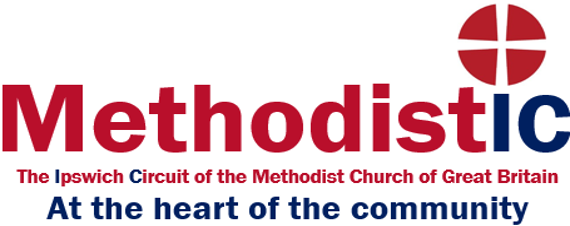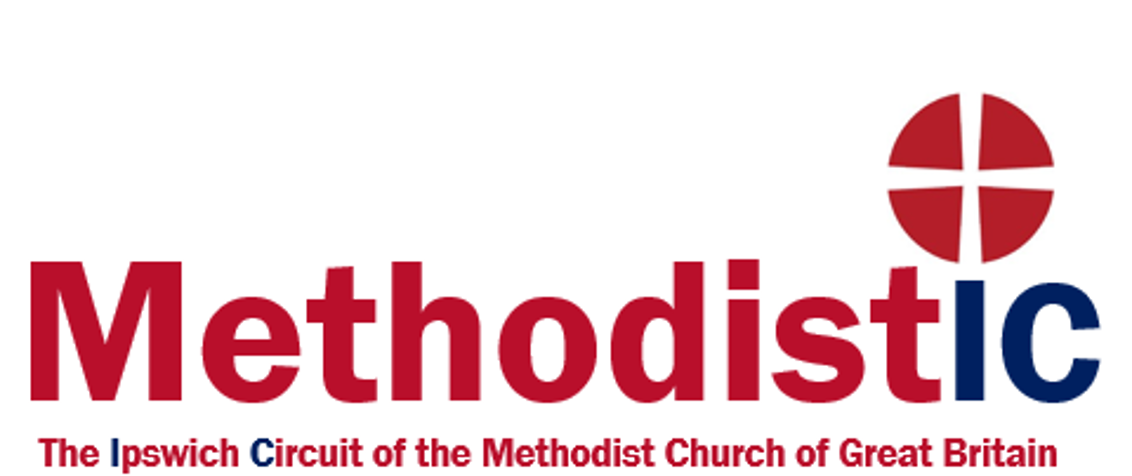Welcome to the second of our 9 weekly areas of focus on climate action leading up to the COP26 global summit. We aim to encourage and inspire action within all the 22 Methodist Churches in the Ipswich area.
This week’s focus
Our focus this week is on Net Zero carbon. This is a shorthand way of declaring our intention to stop making climate change worse..
What Does Net-Zero Mean?

Since the industrial revolution, human enterprise has been releasing gases into the atmosphere which affect what happens to the energy in sunlight. These greenhouse gases concentrate in the upper atmosphere, acting as a two-way mirror so that solar energy reaches earth, but is then prevented from radiating back into space. The more greenhouse gas, the more solar energy is trapped, the warmer the planet becomes.
Carbon dioxide is the most common of these gases, and everything we do leaves a trail of our activity. Hence the description carbon footprint. Net zero carbon means that our activities are no longer adding more greenhouse gas, and the earth’s temperature will stop rising.
Different gases affect the warming of the planet differently. Methane traps considerably more of the solar energy than carbon dioxide, but stays in the atmosphere for a much shorter period. Reducing volumes of methane released gives a big saving in the short term, but over a long period, the saving is less noticeable, as it would have dispersed anyway.
Experts tell us that if we reduce the release of methane, this will have a rapid impact in reducing warming, which might buy more time to reduce the longer term effect of carbon dioxide.
Many argue that net zero is not enough – we need to go much further than stopping release of greenhouse gases, we need to start removing some of the gases that are already there, in order to start cooling the planet again. This is carbon negative – sometimes called climate positive.
What Affects our Carbon Footprint?
It is estimated that people in the UK have a carbon footprint of around 13.4 tonnes of CO2 equivalent per year, three quarters of which is in the form of carbon dioxide. This figure has come down by nearly 30% in the last 16 years. In the UK our footprint is about 20% higher per person than the global average.
The pie chart shows the amount of footprint created by each sector of the economy. The white circle in the centre represents the 2.5% of our emissions which are removed by forestry and land-use.
To reach net zero, we need to reduce greenhouse gas production in all aspects of our life, so that the white circle covers the whole area. Taking steps to increase removal of gases by planting more will make a small contribution, as will new technologies that capture carbon. It would be foolish to assume that planting trees alone will do more than scratch the surface.
We need to shrink the coloured section of the pie chart and grow the white circle in the centre to cover the whole of the pie.
What is the Human Impact?

Reaching net zero, or even going to carbon negative will have a cost –a financial one, but also the unwelcome impact of being forced to accept and even embrace change. Many of the conveniences in life are built on the notion of comfort, minimising disruption and effort, and avoiding change.
To reach net zero, we will have to live without some of the freedom and individuality we enjoy. Some times we will have to work a bit harder (walking instead of driving?), and some times we will no longer be able to afford to do some of our favourite things.
The cost to us will be much greater, and our choices even more restricted, if we don’t reverse warming. The food we enjoy may not exist any more.
What Can We Do?
Electricity and heating produces nearly quarter of our footprint. Saving energy by better insulation, switching off lights that are not needed, and using lower energy appliances will have a big impact. Moving from gas to electric heating, and installing heat pumps if possible, will cut emissions even more. Buying electricity generated from renewable sources (wind, tide, wave, solar, hydroelectric) will shrink that segment even further.
Here is the controversial one. Reduce your thermostat by one or two degrees – see how far you can lower it. Why not wear a pullover or a vest when inside, instead of pumping out more heat? Learn how to keep the house cool in summer – judicious use of curtains, blinds and open windows may not look as pretty today, but will stop your favourite garden plant becoming extinct.
Transport is also around quarter of the footprint. Following the principle that reduce should be the first choice – cycling and walking for short journeys should be the first consideration. Public transport is more efficient per person, than private transport. This is difficult with scarce public transport in rural Suffolk, but how about lobbying your politicians to change this. Try car sharing. Make an electric vehicle first on your shortlist when it is time to change.
You might be surprised that buildings create such a large footprint, but making concrete produces lots of greenhouse gas. If you are having an extension built, think about traditional timber frame which if built well will have better thermal insulation, but will have a smaller carbon footprint from the building process.
Half of the agriculture footprint is generated by methane, especially from cattle. Roughly 30% of this methane can be eliminated with better nutrition and animal husbandry, but the demand for cheaper food has encouraged ever more intense farming – you can make a difference with your buying choices to insist on food from more sustainable, non-intensively farmed sources.
Waste is a relatively small contributor to the footprint, but is an easy target area, so do all you can to avoid waste, and reduce, reuse, repair and recycle. Much of the environmental damage from waste is muich more extensive than the footprint .
World Environment Day Exemplar
On 5th June 1974, the first World Environment Day was marked. Every year since then, a host city has brought focus to an environmental topic that was particularly pertinent to them. The 2008 event was hosted by Wellington in New Zealand who were one of the earliest countries to set carbon reduction targets and sought to encourage those countries with a bigger footprint to follow their lead.
This Week’s Prayer
Pray for urgent action and understanding of the need to move to a net zero carbon economy, with a political resolve to drive the necessary policies, backed by clear information and encouragement
Net-Zero – Key Messages
We must take all steps necessary to stop releasing green house gases into the atmosphere (net zero) and find ways to capture some already released (net negative):
- renewable energy sources still underdeveloped – accelerate adoption of tidal, wave, wind, hydrogen cell, hydro and geothermal power;
- new storage technologies to bridge between peaks in renewable supply and demand
- new charging infrastructure needed to support shift away from petrol for transport
- increase energy and thermal efficiency in building – both heating and cooling to cope with extreme temperature changes
- replace gas heating with heat pumps and renewable electricity;
- invest in technology to trap and capture carbon dioxide, methane and other greenhouse gases;
- retrofit insulation in old housing – design new builds for net-zero
- reduce travel demand


